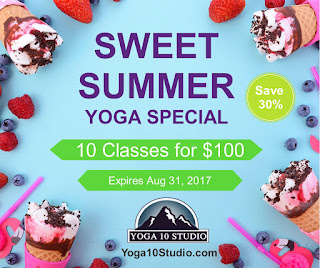Summer Massage
During the summer months, we are all eager to head outside and be active and enjoy the warm weather. However sometimes unforeseen injuries can occur leaving you feeling limited or unable to enjoy all that summer has to offer. Massage Therapy can help you to deal with the physical symptoms that are holding you back. Whether you suffer from inflammatory conditions such as arthritis and tendinitis, to headaches and migraines, massage can help. If you suffer from muscle pain, such as spasms, strains and sprains, back pain, circulatory and respiratory problems, even pregnancy and labour discomfort, massage therapy can help with those issues too. The services of a Registered Massage Therapist (RMT) can benefit people of all ages to achieve and maintain health and wellness in many ways, and help you get back to feeling your most able and healthy self.
Katie White, Courtenay Massage Therapy
www.courtenaymassagetherapy.com
www.courtenaymassagetherapy.com

